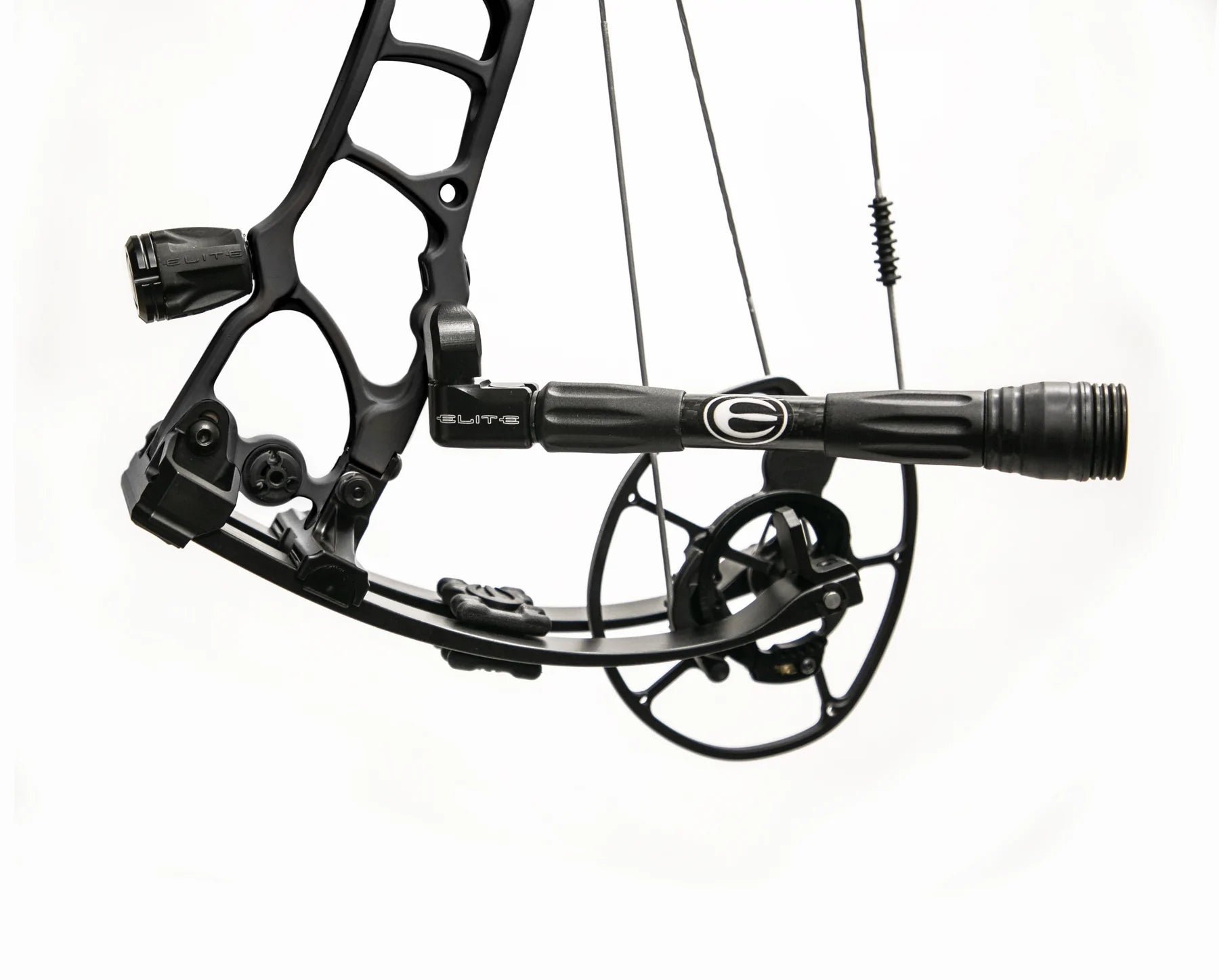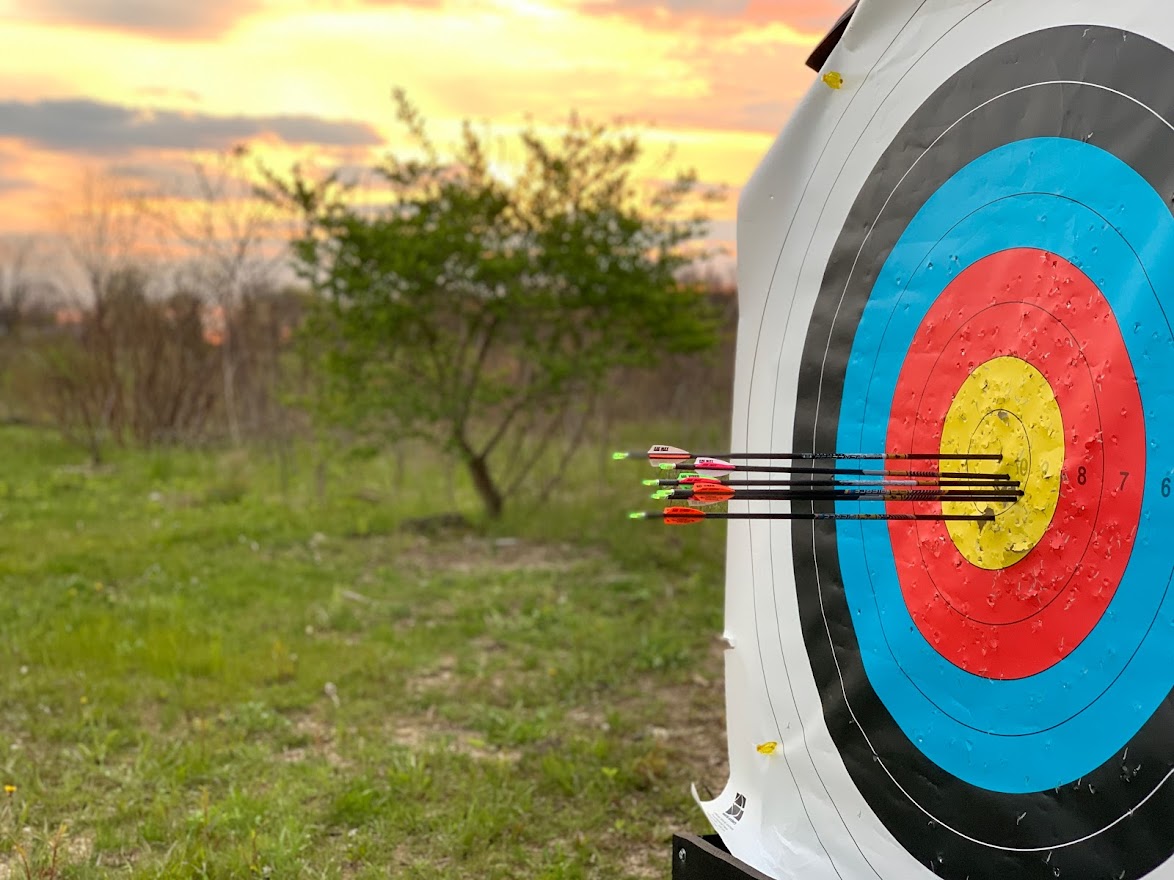Exactly how to Pick the Right Bow Stabilizer: Specialist Tips and Advice
Exactly how to Pick the Right Bow Stabilizer: Specialist Tips and Advice
Blog Article
Optimize Your Archery Accuracy With These Bow Stabilizer Methods
One essential element that can considerably influence your efficiency is the appropriate use of bow stabilizers. Whether you are an experienced archer looking to fine-tune your skills or a newbie anxious to enhance your accuracy, mastering these bow stabilizer methods might be the trick to hitting your mark with unequaled uniformity.
Advantages of Utilizing Bow Stabilizers
Using bow stabilizers can significantly improve an archer's precision and general efficiency by reducing bow torque and resonance. In addition, bow stabilizers moisten resonance, which not only boosts the comfort of shooting yet also protects against the bow from jumping upon launch, thus assisting in keeping appropriate aim.
In addition, bow stabilizers can assist in holding the bow constant, particularly throughout windy problems or when firing from longer distances. The included weight at the front of the bow provides stability and balance, permitting the archer to focus on aiming without the disturbance of bow motion. Generally, the benefits of utilizing bow stabilizers extend past simply accuracy, improving the archer's experience and efficiency in numerous shooting situations.
Choosing the Right Bow Stabilizer
Selecting the suitable bow stabilizer is important for enhancing your archery devices and enhancing shooting performance. Heavier stabilizers can help decrease bow torque and absorb even more resonance, leading to a steadier purpose.

Finally, take into consideration the design of the stabilizer. Some stabilizers feature flexible weights or dampeners that allow you to personalize the equilibrium and feel of your bow. Eventually, choosing the best bow stabilizer entails finding a balance in between weight, size, material, and layout to enhance your capturing accuracy and general performance.
Appropriate Setup Techniques
To make sure optimal efficiency and safety in archery, grasping proper installment techniques for your bow stabilizer is important. The first action in installing a bow stabilizer is to determine the correct placement on your bow. The majority of stabilizers are connected to the front of the riser, listed below the grip, to assist counterbalance the weight of accessories such as quivers and sights. Make certain that the stabilizer is not conflicting with various other components or more information impeding your shooting type.
Next, securely affix the stabilizer to the bow utilizing the suitable mounting equipment. Some stabilizers come with adjustable weights that can be added or removed to make improvements the equilibrium of your bow.

Changing Stabilizer Weight and Size
After ensuring the proper installation of your bow stabilizer, the next action involves adjusting the weight and length to optimize its performance in improving archery accuracy. The weight of the stabilizer plays a vital duty in decreasing bow activity throughout the shot cycle.
A longer stabilizer can supply higher stability by increasing the range in between the this article bow and the weight at the end of the stabilizer. On the other hand, a much shorter stabilizer provides more ability to move and might be chosen by archers who value agility and fast motions throughout capturing.
Advanced Stabilizer Tuning Tips
Attaining optimal bow security and precision in archery requires a nuanced approach to sophisticated stabilizer adjusting. Advanced stabilizer tuning entails fine-tuning various elements to boost the bow's balance, minimize resonance, and improve general precision.
Another critical facet of advanced stabilizer tuning is optimizing the damping residential properties of the stabilizer system. Exploring various materials for the stabilizer construction, such as carbon fiber or aluminum, can additionally affect the bow's efficiency by modifying its weight distribution and tightness.
Final Thought
In verdict, optimizing archery accuracy can be accomplished through the correct selection, installment, and adjustment of bow stabilizers. On the whole, integrating bow stabilizers right into archery method can lead to better performance and boosted accuracy.
Making use of bow stabilizers can considerably boost an archer's accuracy and total check my site performance by decreasing bow torque and vibration. Longer stabilizers give greater security and equilibrium, particularly for long-distance shooting, while shorter stabilizers use more convenience and are simpler to steer in tight areas (bow stabilizer). Carbon fiber stabilizers are long lasting and light-weight, while aluminum stabilizers are robust and give excellent vibration wetting
A longer stabilizer can provide higher security by raising the distance between the bow and the weight at the end of the stabilizer.One more crucial facet of advanced stabilizer tuning is enhancing the damping homes of the stabilizer system.
Report this page